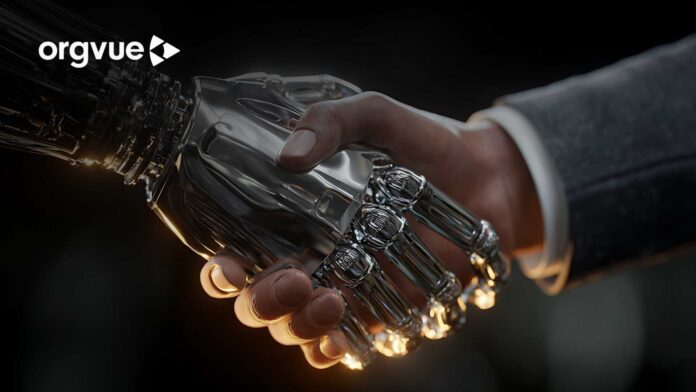While headlines make it seem like every Fortune 100 company is racing to become AI-first, a new analysis by Orgvue suggests the reality is far more cautious.
According to the firm’s latest workforce study, only 11% of Fortune 100 job postings mention AI at all—and just 6% reference specific AI tools or platforms. In other words, the companies with the biggest budgets and boldest innovation promises are barely hiring for AI expertise.
Even in industries that pride themselves on digital transformation, enthusiasm for AI talent remains muted. Tech leads the pack with 26% of postings requiring AI skills, but the numbers drop off quickly—9% in finance and 8% in healthcare.
“The demand for AI skills is in far less supply than we thought,” said Jessica Modrall, Chief Product Officer at Orgvue. “There’s a clear disconnect between identifying where AI delivers value, the roles that will be critical in adopting it, and the skills employees will need to make it happen.”
The Gap Between Ambition and Implementation
The findings challenge the narrative that corporate America is rapidly staffing up for an AI-driven future. Instead, it appears that many companies are still figuring out what “AI transformation” actually means for their workforce.
Orgvue’s analysis suggests that the highest demand for AI experience is at the director level (18%), while only 8% of non-management roles list AI as a requirement. That imbalance may reflect a top-heavy approach to innovation—lots of strategy, little execution.
The takeaway: companies are investing in AI visionaries before they’ve figured out who will actually build and deploy the systems.
The “Fire-to-Hire” Cycle: Expensive, Inefficient, and Unsustainable
The report also highlights a costly corporate habit: the fire-to-hire cycle. Nearly half of Fortune 100 companies (48 out of 100) implemented layoffs in the past year—totaling more than 86,000 job cuts.
Yet most of those same companies—46 in total—are now hiring again. In July 2025 alone, Fortune 100 firms posted 58,000 new roles.
The financial fallout is staggering: those layoffs cost an estimated $25 billion in severance charges for Fortune 100 companies in 2024, and $43 billion across the Fortune 500, according to 10-K filings.
When factoring in recruitment, training, and lost productivity, Orgvue calculates that for every $1 saved through workforce reductions, companies spent about $1.27.
“We’re at a point where mass layoffs are becoming normalized,” Modrall said. “AI is often cited as the reason, but without real workforce data on roles, skills, and value, companies risk cutting the very expertise they’ll need to adapt.”
The AI Paradox: Cutting Talent While Claiming Transformation
The irony is clear: firms are shedding thousands of workers under the banner of “AI efficiency” while hiring new employees who often lack AI experience. Meanwhile, 64% of new job postings target candidates with less than five years’ experience, suggesting entry-level work isn’t disappearing—it’s just being redefined.
Rather than eliminating junior roles, AI may be reshaping them into data- and tech-enabled positions—but the hiring patterns don’t yet reflect that shift.
Modrall warns that this disconnect could leave companies vulnerable: “AI won’t replace the workforce—it will transform it. But without structured workforce planning, organizations could lose institutional knowledge faster than they gain innovation.”
A Reality Check for the AI Revolution
Orgvue’s analysis of 10,533 job postings across Fortune 100 companies between July 29 and August 2, 2025, paints a sobering picture. Despite the nonstop hype, the world’s largest corporations aren’t staffing up for AI at the pace one might expect.
The message is simple but significant: corporate AI strategy is outpacing AI execution. Until hiring strategies catch up, many organizations risk missing out on the very innovation they claim to be leading.
Join thousands of HR leaders who rely on HRTechEdge for the latest in workforce technology, AI-driven HR solutions, and strategic insights







